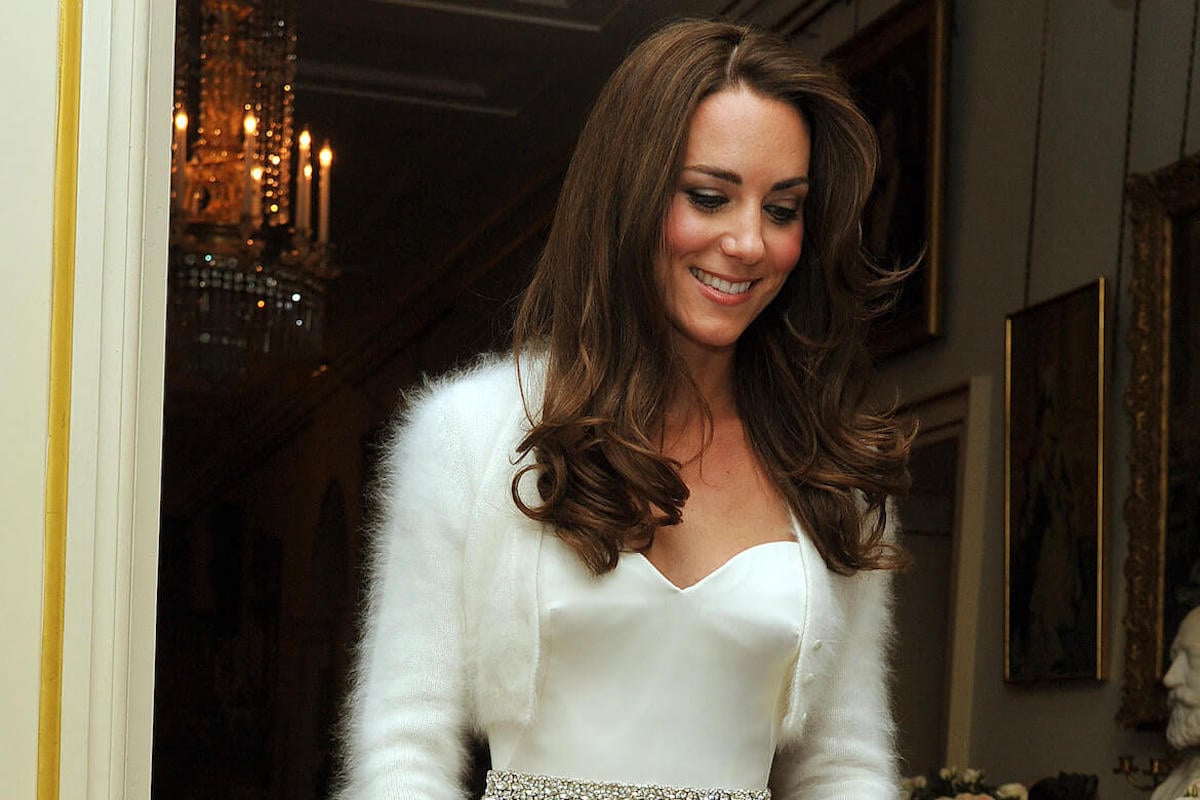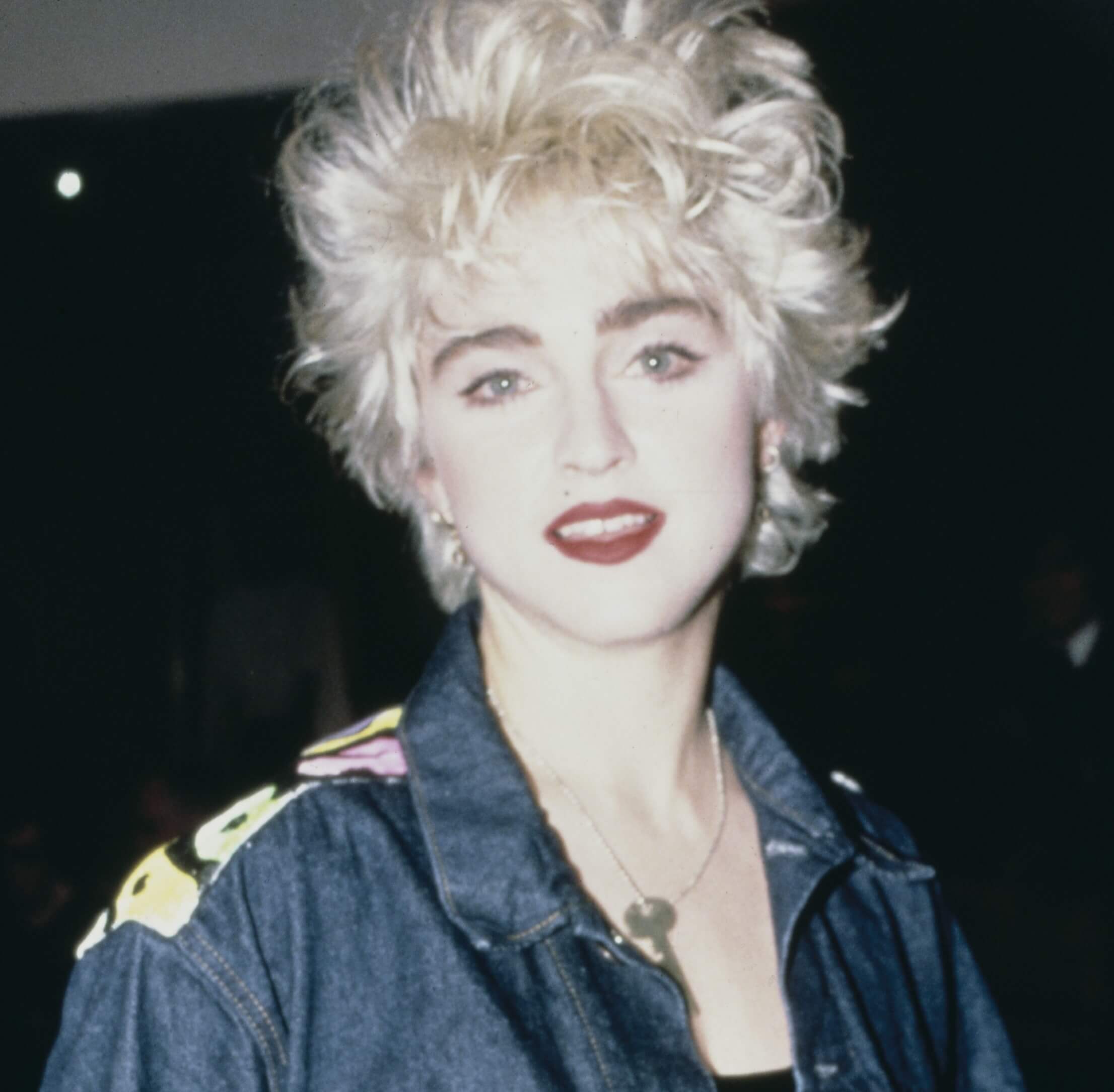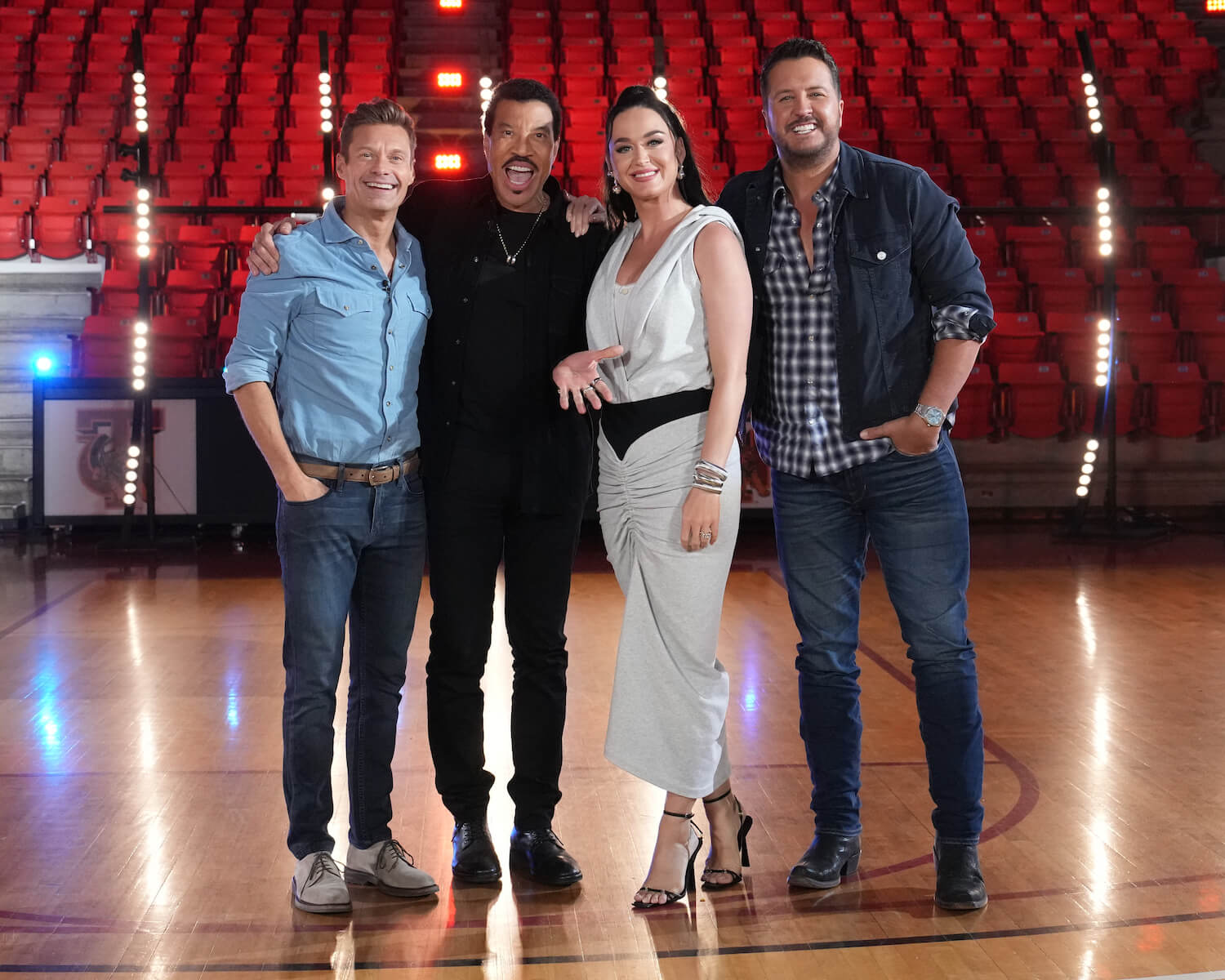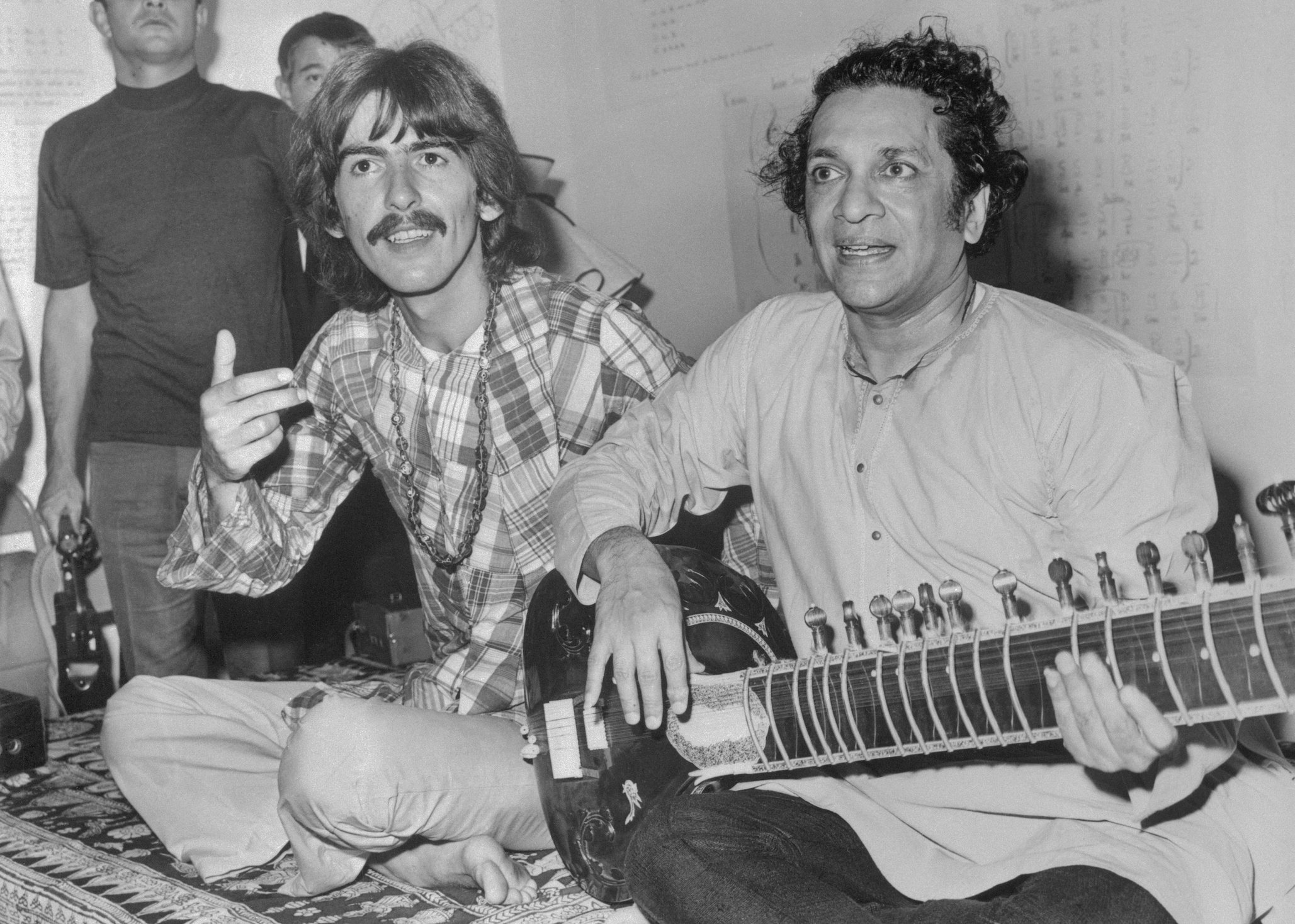
Every Beatles Song Featuring George Harrison on the Sitar
George Harrison was best known for his guitar skills, but he also developed an interest in the sitar. The Beatle began fiddling around with the instrument while on the set of Help! In 1965. Soon, the instrument made its way onto a Beatles record. The instrument isn’t present in many of the band’s songs, but it did make repeat appearances. Here is every song that features George Harrison on the sitar.
‘Norwegian Wood’
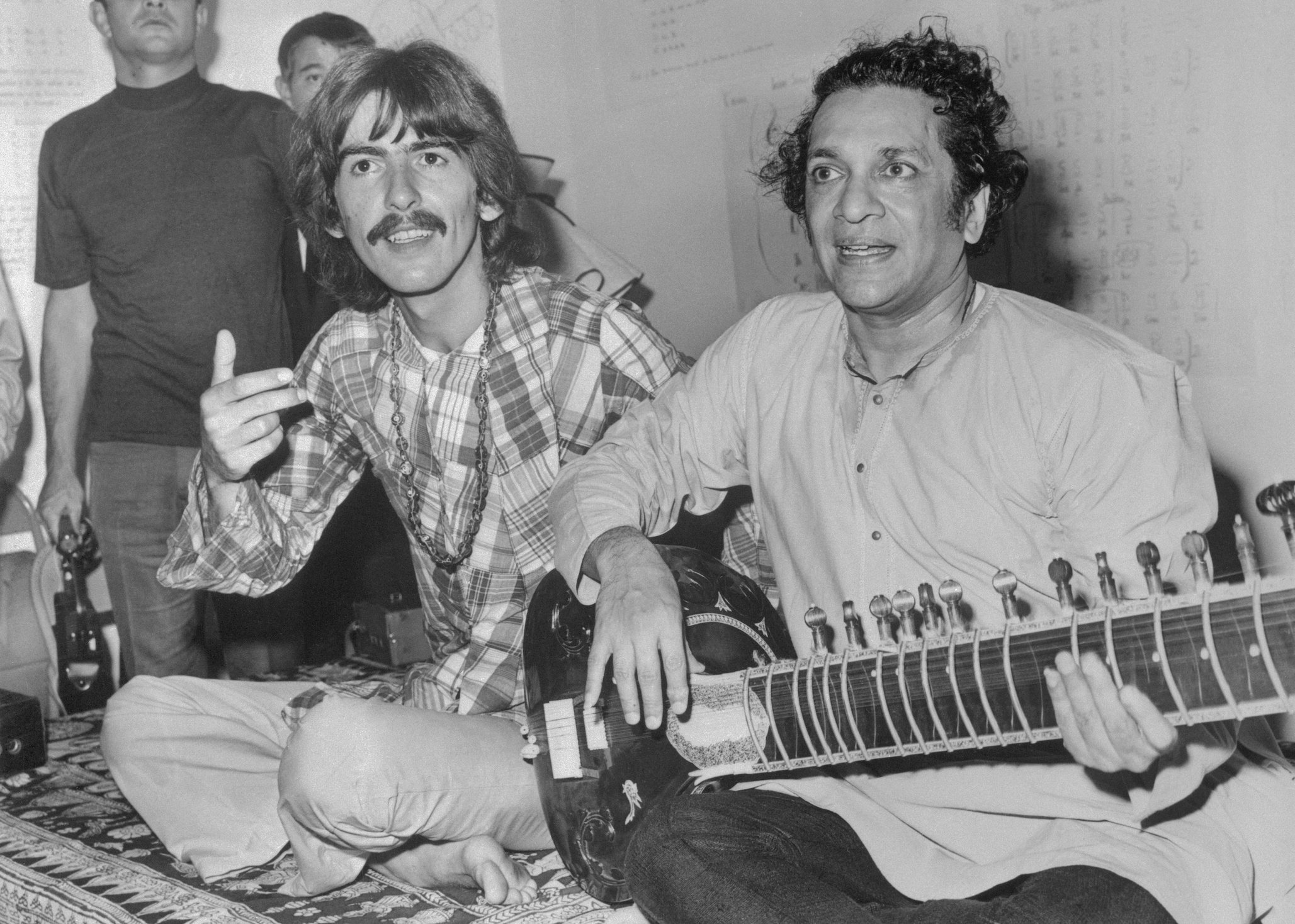
“Norwegian Wood” is the first song featuring George Harrison playing the sitar. John Lennon wrote the 1965 Rubber Soul track, which is a Bob Dylan-influenced track with a blend of Indian music. Harrison bought the sitar he used for this song at a shop in Oxford Street called Indiacraft. Lennon suggested he use the instrument in the song, but it took Harrison a few tries before he could get the melody right.
“George had the sitar, and I asked him, ‘Could he play the piece that I’d written?” Lennon told Jann Wenner in 1970. “Dee diddley dee diddley dee, that bit – and he was not sure whether he could play it yet because he hadn’t done much on the sitar, but he was willing to have a go, as is his wont, and he learned the bit and dubbed it on after. I think we did it in sections.”
‘The Inner Light’
“The Inner Light” was released in 1968 as the B-side single to “Lady Madonna”. Harrison recorded the song in Bombay, India, after being invited to work on the Wonderwall music soundtrack by director Joe Massot. It’s the first Beatles recording that wasn’t made in Europe. After bringing the song back to Abbey Road, McCartney, and Lennon provided backing vocals on the track.
While the sitar shows Harrison’s passion for Indian culture, the lyrics also demonstrate themes from transcendental meditation, a subject The Beatles became interested in during the late 1960s. In 2020, George’s son, Dhani, recorded his own version to raise funds for COVID-19 relief.
‘Love You To’
“Love You To” was the first Beatles song by George Harrison that fully embraced the sitar and Indian culture. Harrison wrote the song while studying with Indian sitarist Ravi Shankar, and he wanted to create a tune around where he could utilize the instrument.
“I wrote ‘Love You To’ on the sitar because the sitar sounded so nice and my interest was getting deeper all the time,” Harrison said. “I wanted to write a tune that was specifically for the sitar. Also, it had a tabla part, and that was the first time we used a tabla player.”
The track is also partly a love song to his then-wife Pattie Boyd. Contributions from the other band members were minimal, but it did feature McCartney on backing vocals and Ringo Starr on the tambourine.
‘Within You Without You’
“Within You Without You” is the only Harrison song from 1967’s Sgt. Pepper’s Lonely Hearts Club Band. The track is based on a long piece by Shankar that Harrison condensed into a shorter song. It perfectly blends the “Something” singer’s interest in Indian culture with the psychedelic sound from the album. It featured the most involvement from the other band members and even included a string section conducted by George Martin.
Many critics and fans had mixed reactions to the song, unsure of what Harrison was trying to accomplish. However, John Lennon told David Sheff it was one of his favorite songs by Harrison, saying, “One of George’s best songs. One of my favorites of his, too. He’s clear on that song. His mind and his music are clear. There is his innate talent; he brought that sound together.”
‘Tomorrow Never Knows’
“Tomorrow Never Knows” is a track from 1966’s Revolver. This song was a more collaborative process built around the band’s interest in Indian music. The band was impressed that a lot of Indian music was built around a particular chord and wanted to create a song based on that.
“Indian music doesn’t modulate; it just stays. You pick what key you’re in, and it stays in that key. I think ‘Tomorrow Never Knows’ was the first one that stayed there; the whole song was on one chord,” Harrison said in Anthology. “But there is a chord that is superimposed on top that does change: if it was in C, it changes down to B flat. That was like an overdub, but the basic sound all hangs on the one drone.”
George Harrison’s use of the sitar might have been rare with The Beatles, but it made The Beatles revolutionaries by using that instrument. Even though Harrison mostly stayed with the guitar, his passion for Indian culture and spirituality never went away.
